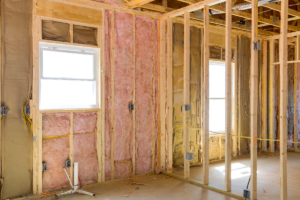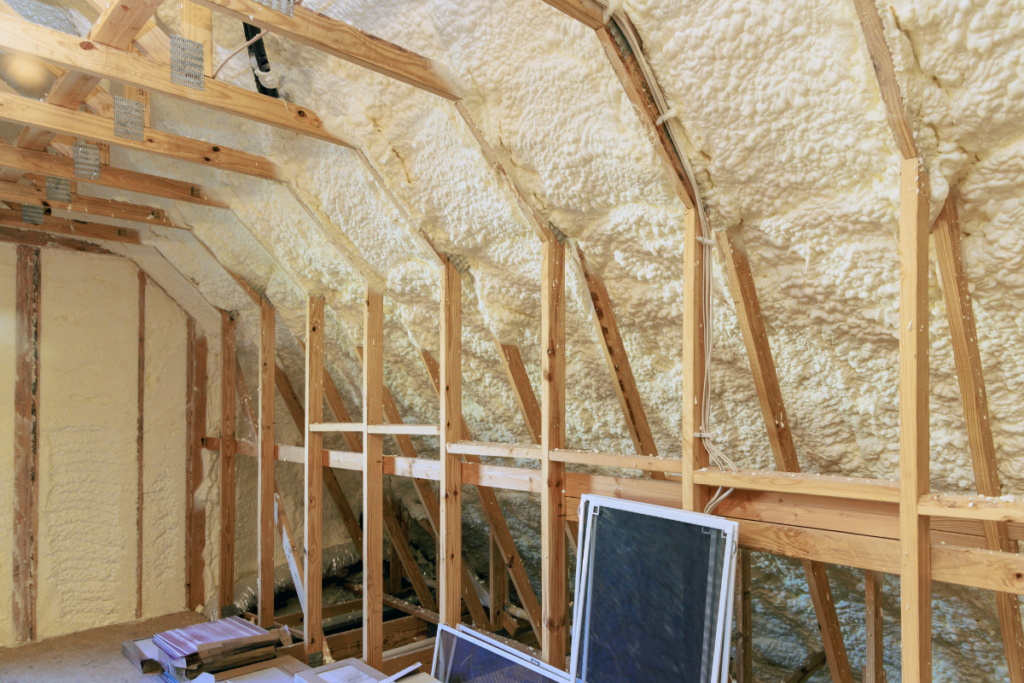 Introduction to Thermal Protection Planning and Estimation:
Introduction to Thermal Protection Planning and Estimation:
Thermal protection is a crucial aspect of construction and engineering projects. It plays a significant role in maintaining energy efficiency, reducing operational costs, and enhancing the longevity of buildings and infrastructure. Whether you’re working on a residential, commercial, or industrial project, effective thermal protection planning and estimation can save you time, money, and resources. This article will dive deep into the importance of thermal protection, key elements in planning, and the methods used for accurate estimation.
Understanding the Importance of Thermal Protection
Thermal protection refers to the systems and materials used to shield structures from excessive heat or cold. It helps maintain comfortable indoor temperatures, prevent structural damage due to temperature extremes, and improve energy efficiency. Poor thermal protection can lead to increased energy costs, occupant discomfort, and even degradation of building materials over time.
For example, in regions with extreme climates, thermal protection is indispensable for reducing energy consumption related to heating or cooling. Planning and estimation for thermal protection must take into account the local climate, building orientation, and construction materials.
Key Considerations in Thermal Protection Planning
- Climate Assessment: Understanding the local climate is the first step in thermal protection planning. For instance, buildings in cold climates need insulation that can retain heat, while buildings in hot climates require materials that can block heat. When performing a climate assessment, factors such as temperature fluctuations, humidity levels, and wind exposure should be considered.
- Building Orientation: The orientation of a building can significantly impact its thermal performance. Proper orientation can take advantage of natural light and ventilation, reducing the need for artificial heating and cooling. Planning thermal protection should include positioning windows, walls, and roofs to optimize energy efficiency.
- Material Selection: Choosing the right materials for insulation and thermal barriers is critical. Materials like fiberglass, foam boards, and reflective coatings are common for providing effective thermal protection. The thickness and type of insulation must be carefully planned depending on the building’s location and intended use.
- Energy Efficiency Goals: A major objective of thermal protection planning is to enhance energy efficiency. This means ensuring that the materials and methods used reduce the building’s overall energy consumption. Energy-efficient buildings are not only environmentally friendly but also reduce operational costs over time.
- Budget Allocation: Budget is another critical factor in thermal protection planning and estimation. It’s essential to balance cost with quality, ensuring the selected materials provide long-lasting protection without exceeding the project’s financial limits.
How to Perform Accurate Thermal Protection Estimation
Thermal protection estimation involves determining the cost of materials, installation, and maintenance associated with protecting a building or structure from temperature extremes. Accurate estimation helps ensure that the project stays within budget while achieving optimal thermal performance. Here are some steps to follow for an accurate thermal protection estimation:
1. Conduct a Thorough Site Survey
Before any estimation can be done, it’s essential to conduct a detailed site survey. This includes measuring the dimensions of the structure, identifying areas with significant heat loss or gain, and assessing the current thermal protection in place. A site survey helps in determining the amount of insulation material required and identifying any special considerations, such as complex roof designs or hard-to-reach areas.
2. Select the Right Insulation Materials
The type of insulation you choose directly impacts the overall cost and effectiveness of the thermal protection. As mentioned earlier, materials like fiberglass, spray foam, and rigid foam boards are commonly used for thermal insulation. Each material has a different R-value, which measures its resistance to heat flow. Higher R-values mean better insulation but also higher costs. Therefore, the estimator must strike a balance between insulation performance and budget constraints.
3. Estimate Labor Costs
In addition to material costs, labor is a significant part of the total estimation. Installation of thermal protection often requires skilled workers, especially for spray foam and complex systems. The estimator should consider the size of the team, the time required for installation, and any specialized skills that may be needed for the project.
4. Account for Weather Conditions
In some regions, extreme weather conditions can increase the cost of thermal protection. For example, in areas prone to heavy snowfall, additional insulation may be needed to prevent heat loss, which will increase the cost of materials and labor. Additionally, weather conditions during the installation period should be considered, as poor weather can delay construction and increase labor costs.
5. Consider Long-Term Maintenance Costs
While estimating the initial cost of thermal protection is important, long-term maintenance should also be factored into the plan. High-quality materials might have a higher upfront cost but require less maintenance over time, while cheaper materials may lead to higher maintenance expenses in the long run.
The Role of Technology in Thermal Protection Estimation
Advancements in technology have revolutionized how we approach thermal protection planning and estimation. Software tools and simulation programs can model thermal performance, helping to predict how different materials and designs will impact energy efficiency. These tools provide real-time data on heat loss, material performance, and energy savings, allowing for more accurate cost estimation and better decision-making.
Furthermore, thermal imaging technology can be used to assess existing buildings for areas of heat loss or gain. This allows engineers and construction professionals to target specific problem areas, making the estimation process more efficient and accurate.
Common Pitfalls in Thermal Protection Estimation
Even with careful planning, there are several common pitfalls that can lead to inaccurate thermal protection estimates:
- Underestimating Material Costs: Failing to account for price fluctuations in insulation materials can throw off the budget.
- Ignoring Installation Challenges: Overlooking difficult-to-reach areas or complicated building designs can lead to unexpected labor costs.
- Forgetting to Include Maintenance Costs: Many estimators focus solely on the initial installation, forgetting that thermal protection requires periodic maintenance for optimal performance.
Avoiding these mistakes can help ensure that the thermal protection planning and estimation plan stays within budget and meets the building’s energy efficiency goals.
Thermal protection planning and estimation are essential components of any construction or renovation project. By carefully considering climate, building orientation, material selection, and budget, you can ensure that your thermal protection system will enhance energy efficiency, reduce costs, and extend the lifespan of your structure. Accurate estimation is key to achieving these benefits, and with the right approach, you can avoid common pitfalls and make informed decisions that lead to long-term success.
Are you looking for the best estimating services in USA?
Look no further than “https://zionestimating.com”
They are offering top-notch services like;
- Construction/cost estimation
- Budget planning
- Material takeoff
- Equipment estimation
and further more!!!
Here are some more information for your convenience:
Phone no. : +1 718-427-9941 || +1 562-383-6177
Email:[email protected]
Visit their blogs and site
https://zionestimating.com for the latest updates and service tips!
